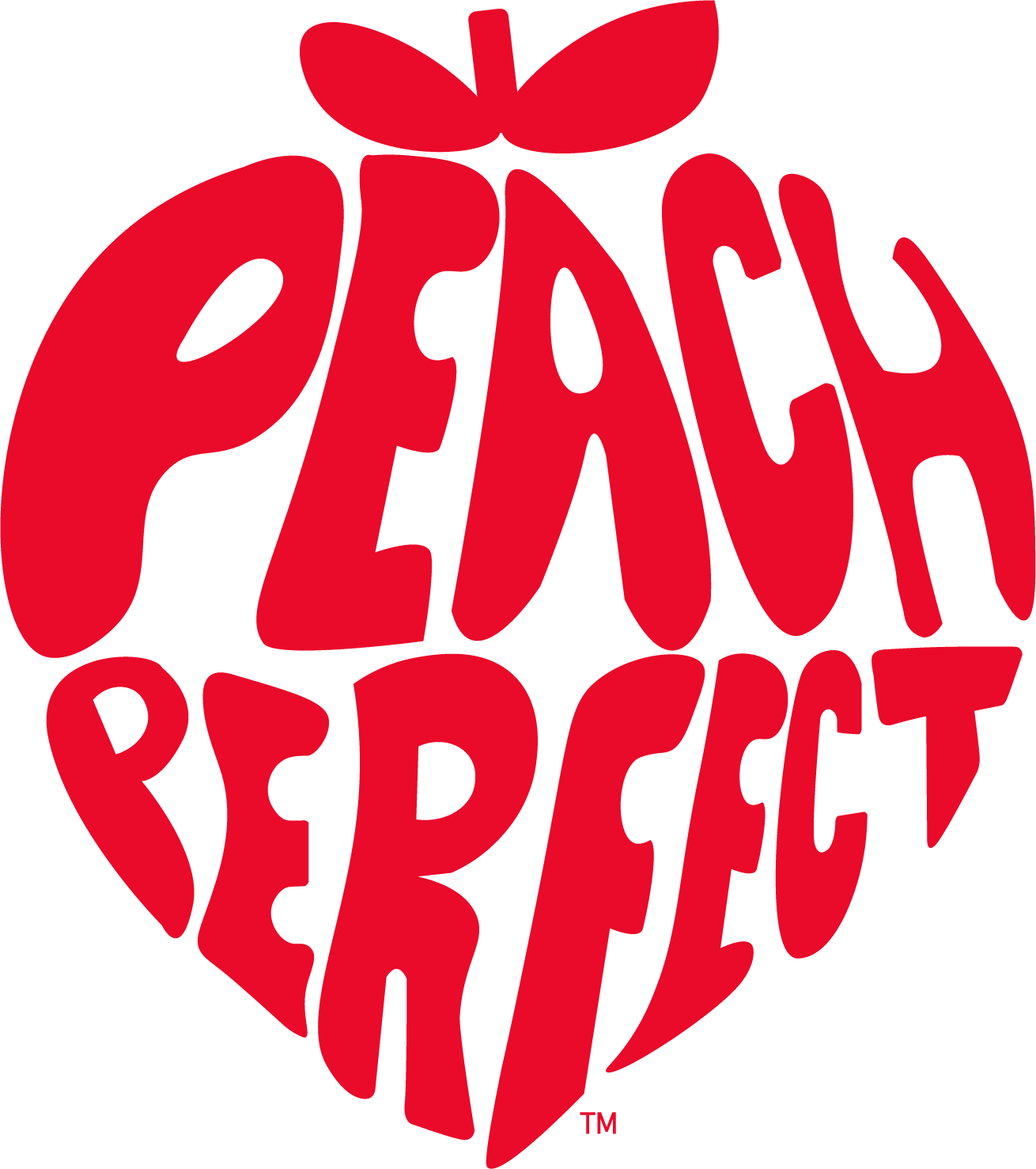The quest for the perfect creatine supplement has led me through countless hours of research, experimentation, and real-world testing to understand what truly works for women's bodies.
We understand that women need scientifically-backed supplements that actually deliver results.
Our commitment goes beyond just selling supplements - we're dedicated to revolutionizing women's health through evidence-based nutrition that acknowledges the unique physiological needs of the female body.
What is Creatine?
Creatine is a naturally occurring compound made up of three amino acids: arginine, glycine, and methionine. Think of it as your body's energy currency for quick, intense activities.
Your muscles use creatine to produce ATP (adenosine triphosphate), which is like the premium fuel your muscles need for explosive movements and high-intensity exercise.
Creatine helps quickly replenish this ATP, giving you more energy for these intense activities. It's like having a backup generator that kicks in when your main power source runs low.
Your body naturally produces about 1-2 grams of creatine per day in your liver, kidneys, and pancreas. Additionally, you get some creatine from your diet, especially if you eat meat and fish.
However, supplementation can significantly increase your creatine stores above what your body makes and what you get from food.
Sources of Creatine in Supplements
Natural Sources Used in Supplements
The creatine used in both gummies and powder typically comes from synthetic production that mimics the natural compound.
However, the raw materials used to create creatine monohydrate (the most common and studied form) come from sarcosine and cyanamide, which are processed to create pure creatine.
Manufacturing Processes
For Powder
-
Creatine powder is typically manufactured through a synthetic process that combines sarcosine and cyanamide
-
The resulting compound is purified and crystallized
-
The final product is micronized (made into very small particles) for better mixing and absorption
For Gummies
-
Starts with the same pure creatine monohydrate used in powder
-
Additional ingredients are added to create the gummy matrix:
-
Gelatin or pectin (for vegetarian options) to create the chewy texture
-
Natural sweeteners and flavors
-
Binding agents and preservatives
-
Colors (often from natural sources)
Quality Considerations
The source quality can vary significantly between manufacturers. This is particularly important because lower-quality sources may contain contaminants or varying amounts of creatinine (a breakdown product of creatine).
When choosing either form, it's crucial to look for:
-
Third-party testing certification
-
Manufacturing in FDA-registered facilities
-
Good Manufacturing Practice (GMP) certification
-
Clear labeling of the creatine source
Understanding these sources helps explain why there can be significant price differences between products and why choosing a reputable manufacturer is crucial for getting the best results from your supplementation.
This also explains why powder is typically less expensive - it requires fewer ingredients and processing steps compared to gummies, which need additional components and manufacturing processes to create their final form.
The Real Difference Between Creatine Gummies and Powder
The main difference comes down to three key factors: absorption, convenience, and dosing precision.
When we're talking about creatine supplementation, these factors can make a significant difference in your overall experience and results.
Understanding these differences helps you make an informed decision based on your lifestyle and goals.
Think of creatine powder as the raw ingredient - it's pure creatine monohydrate that you mix with liquid.
Gummies, on the other hand, are like a pre-packaged solution, containing the same core ingredient but delivered in a more convenient, pre-dosed format that includes additional components to create that chewy texture we all know.
Breaking Down Their Benefits
Creatine Powder Benefits
The powder form gives you complete control over your dosage, allowing you to fine-tune your intake based on your specific needs and goals.
This precision is particularly valuable during different phases of your fitness journey, whether you're loading creatine initially or maintaining your levels.
The ability to adjust your dosage means you can optimize your supplementation strategy as your needs change.
The absorption rate of powder is excellent when mixed properly with liquid, and it's typically more cost-effective per serving.
This makes it an economical choice for long-term use, especially important when considering that creatine supplementation is most effective when maintained consistently over time.
The pure form also means you're not consuming any additional ingredients that might be unnecessary for your goals.
Creatine Gummies Benefits
Gummies represent the evolution of supplement convenience - they're incredibly easy to take, require no mixing, and can be consumed anywhere, anytime.
This convenience factor can't be overstated, especially for busy women who might struggle to find time to properly mix powder supplements.
The pre-measured doses also eliminate any guesswork, ensuring you get the right amount every time. The palatability of gummies is another significant advantage, particularly for those who find the texture or taste of powder supplements challenging.
Many women report better consistency with their supplementation when using gummies simply because they're more enjoyable to take.
The fun, candy-like format can make the daily ritual of taking supplements more pleasant, potentially leading to better adherence to your supplementation routine.
The Downsides You Need to Know
Creatine Powder Drawbacks
The practical challenges of powder supplementation can't be ignored - it can be messy to mix, and achieving the perfect consistency isn't always straightforward.
This can be particularly frustrating when you're trying to prepare your supplement in a rush or in less-than-ideal conditions. The need for a shaker bottle and liquid also means extra items to carry and clean.
Some users report challenges with clumping, especially in cold liquids, which can affect both the mixing experience and potentially the absorption of the supplement.
The need to have liquid handy for mixing can also be inconvenient, particularly when traveling or during busy workdays. These practical considerations can impact your ability to maintain consistent supplementation.
Creatine Gummies Drawbacks
The primary drawback of gummies is their higher cost per serving compared to powder forms. This price difference reflects the additional processing and ingredients required to create the gummy format.
Over time, this cost difference can add up significantly, especially if you're committed to long-term supplementation.
The inclusion of additional ingredients necessary for the gummy format - such as sugars, gelatin, and other binding agents - means you're consuming more than just creatine.
While these ingredients are generally safe, they add unnecessary calories and may not align with certain dietary preferences or restrictions.
The fixed dosage format also makes it more challenging to adjust your intake if you want to increase or decrease your daily amount.
Conclusion
When comparing creatine gummies vs powder, both forms can effectively increase your creatine stores - it really comes down to your lifestyle and preferences.
The key is finding the form that you'll consistently take, as regularity is crucial for seeing results.
After extensive research and real-world testing, we at growpeaches.com believe that either form can be effective when used properly.
The best choice depends on your individual needs - whether you prioritize convenience and taste (gummies) or cost-effectiveness and dosing flexibility (powder).
Whatever form you choose, consistency in your supplementation routine will ultimately determine your success.
Frequently Asked Questions
-
Are creatine gummies as effective as powder?
Yes, both forms provide the same core benefits when taken consistently. The key is ensuring you get the right daily dosage, regardless of form.
-
How many creatine gummies equal one powder serving?
This varies by brand, but typically 2-3 gummies provide the standard 3-5g serving found in powder form.
-
Do creatine gummies have more calories?
Yes, gummies contain additional calories from the ingredients needed to create the gummy texture, usually 10-20 calories per serving.
-
Can I take creatine gummies on an empty stomach?
Yes, gummies can be taken on an empty stomach, though taking them with a meal may enhance absorption.
-
Why is powder creatine cheaper than gummies?
Powder requires less processing and fewer ingredients, reducing manufacturing costs.
-
How long do creatine gummies take to work compared to powder?
Both forms typically show benefits within 2-4 weeks of consistent use, assuming proper dosage.
-
Should I take extra gummies during the loading phase?
Check with the manufacturer's recommendations, as taking too many gummies might mean consuming too much of the additional ingredients.
-
Do creatine gummies taste better than powder?
Most users find gummies more palatable, but this is subjective and modern powder formulations have improved significantly in taste.
-
Can I mix and match gummies and powder?
Yes, as long as you track your total daily intake to maintain proper dosing.
-
Which form is better for beginners?
Gummies might be easier for beginners due to their precise dosing and convenience, though powder offers more flexibility.

